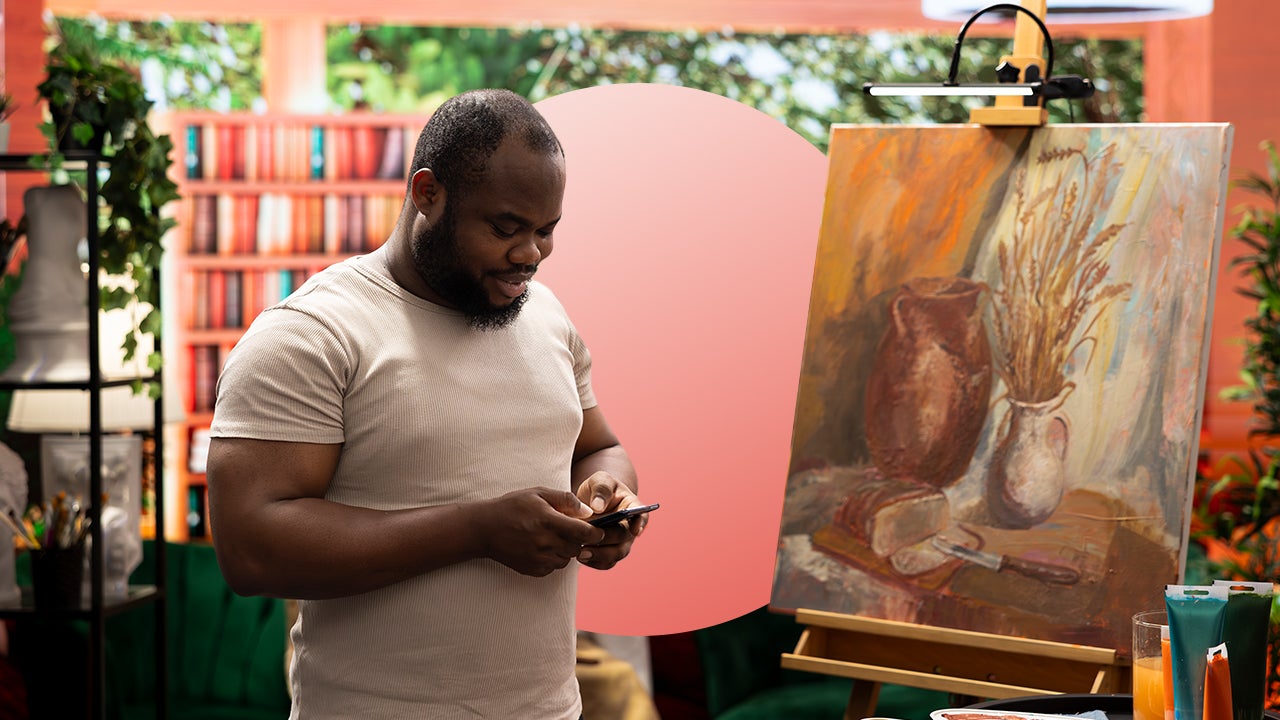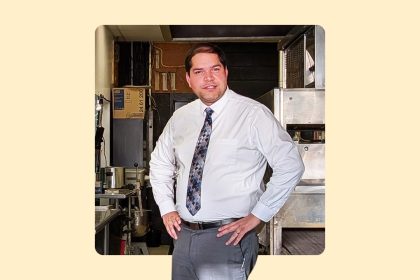Manhattan-based nurse Vivian Ezugwu has lived in New York City her whole life, and is well-aware that living in the Big Apple doesn’t come cheaply – which is one of the reasons she’s taking on extra shifts as a school nurse in addition to her regular night shifts at the hospital.
“It’s great to have an extra income,” Ezugwu said. “It gives you a sense of comfortability.”
Ezugwu isn’t alone. Side hustling is seemingly American as apple pie, with over one in four (27 percent) American adults taking on side jobs in addition to their full-time occupation, according to Bankrate’s most recent Side Hustle Survey.
More side hustlers than ever are taking on extra jobs not because they need to, but because it funds discretionary expenses – with 41 percent of side hustlers using their side gig to finance voluntary purchases, outpacing financing living expenses, paying down debt and boosting savings. Fewer Americans are side hustling overall as well, with 2025 seeing nine percentage point decrease from 2024’s side hustlers (36 percent.)
While these numbers may seem promising from an economic standpoint, it may not be this way for long.
“A strong job market and a cooling inflation rate are the biggest reasons why fewer people are side hustling this year,” says Ted Rossman, senior industry analyst at Bankrate. “But employment trends are weakening and price growth might pick up due to tariffs, so there’s a good chance side hustling will be back on the rise next year.”
Bankrate’s key insights:
Current student loans news
Since 1976, Bankrate has been the go-to source for personal finance data, publishing average rates on the most popular financial products and tracking the experience of consumers nationwide.
See more
Gen Z leads the way with side hustles
Gen Z are hustling more than other generations. They lead the pack with taking on side jobs, with over one in three (34 percent) having an extra job in addition to their full-time occupation. They trail a bit ahead of 31 of percent of side-hustling millennials, 23 percent of Gen Xers and 22 percent of baby boomers.
Gen Z’s participation in side hustling may come as no surprise, as the youngest working generation is currently facing a unique set of financial challenges. With 34 percent of Gen Zers having no emergency savings, according to Bankrate’s Emergency Savings survey, side hustling can be a way to bolster savings and manage a financial emergency when primary income isn’t enough.
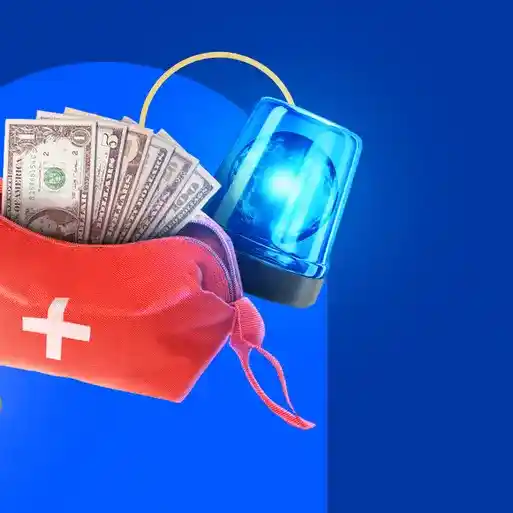
More than 1 in 3 Americans needed to tap their emergency savings in the past year
Does your side gig cover your emergency savings? For over one-third (37 percent) of Americans, what they have in their bank account isn’t enough.
Learn more
Despite the economic turmoil from tariffs, slowly-cooling inflation and global conflict, overall side hustle participation is down, with 27 percent of Americans overall indicating that they have a side hustle, down from 36 percent last year.
Though Gen Zers are consistently ahead of the other generations’ side hustle participation, overall participation has dropped within all age cohorts since 2023.
The side hustle generation
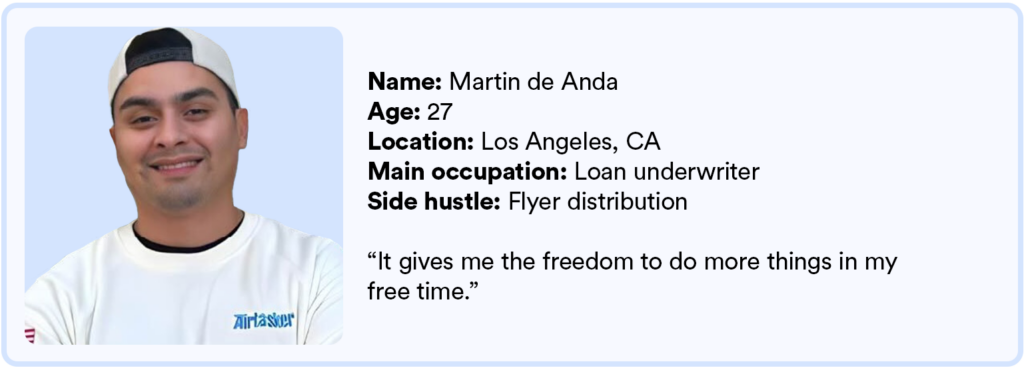
With Gen Z leading the demographic pack with taking on side jobs, young adults across America are filling their free time with dog walking, freelance writing jobs and doing odd jobs for different businesses.
Martin de Anda started side hustling through side-job marketplace Airtasker, which offered him a way to fill his free time when not working as an underwriter. In the beginning, de Anda didn’t strictly need the money for living expenses, and instead used his side hustle income to fund date nights and movie runs. Spending his time passing out flyers for businesses in Los Angeles also allowed him to meet new people and get away from his desk.
What started as a change of scenery soon turned into what de Anda is working to make a full-time endeavor, as demand for his flyer jobs grew and as he started managing other workers.
“It gives me the freedom to do more things in my free time,” de Anda said. “When I was a financial underwriter, I had the usual work hours, and sometimes I had to do work at home. It was a lot less time for me to be with my dog or with my girlfriend.”
Both flexibility and broadening their experiences seem to be high priorities for Gen Zers with their side hustles, more so than using their income to make ends meet. Ezugwu took on her side hustle as a school nurse for a mix of reasons – including building a financial cushion, giving her a wider range of patient experience and a reason to enjoy the day in between hectic night shifts and sleep.
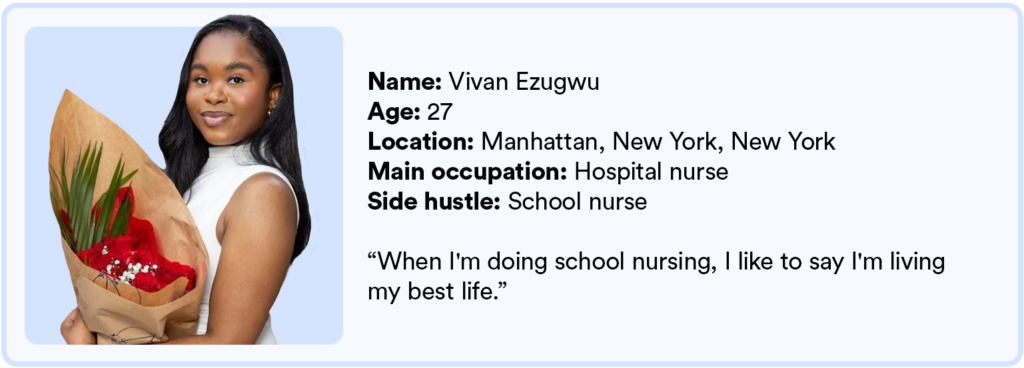
“It’s just very jovial. It’s very easy going. We get to do activities that are in a completely different setting,” Ezugwu said. “When I’m doing school nursing, I like to say I’m living my best life.”
Side hustle income is slightly down on average
Median side hustle income earnings are currently at $200 per month, down from $250 per month in 2024. Average side hustler monthly income is also down from last year. Side hustlers are earning $885 per month in 2025 on average compared to $891 on average per month in 2024. Overall, however, side hustle income is still up from $810 on average in 2023.
Earnings under $50 per month outpace all other earning categories as well, with 28 percent of side hustlers overall making $1 to $50 per month on average with their side gig.
While more Gen Z side hustlers are making less – with 40 percent making between $1 and $50 per month – their average income is still outpacing how much Gen X and baby boomer side hustlers make:
Gen Z side hustlers: $968
Millennial side hustlers: $1,029
Gen X side hustlers: $512
Baby boomer side hustlers: $918
E-commerce and professional work are the most popular side-hustles
Flexibility and availability are the name of the game for side hustle work, as online sales and professional/business services such as freelance writing and consulting are the most popular industries for side hustlers, with 15 percent of side hustlers engaging in online sales and 14 percent in professional services.
Food delivery and crafts were next, with 9 percent of side hustlers working in both industries, then pet care (7 percent) and then teaching/tutoring (6 percent). The least popular sidegigs include healthcare (4 percent), landscaping/home repair (4 percent), fitness (3 percent), ridesharing (3 percent) and finally home rental (2 percent).
Side hustle participation also reached beyond the listed industries, with 43 percent of side hustlers indicating they work in an unlisted category.
Online sales and professional services remain the most popular named categories for side hustlers of all generations. Gen Z side hustlers slightly break the mold by relying more on professional and consulting services as their side gig (18 percent) over online sales (14 percent), with online sales remains the most popular industry for millennials side hustlers (20 percent), Gen X side hustlers (15 percent) and baby boomer side hustlers(12 percent).
More side hustlers are using their income for fun
While side hustling can be a crucial way to bring in much-needed revenue, more side hustlers are using their side-gig money for fun — with 41 percent of side hustlers using their extra income to fund discretionary expenses, up from 37 percent in 2024 and 27 percent in 2023.
Despite this, side hustle income is still a crucial source of financial security for many side hustlers, with 35 percent using it for regular living expenses, 28 percent saving at least some of the money, 20 percent using it to pay down debt and 29 percent feeling they’ll always need a side hustle to make ends meet.
For others, their side hustle is the ramp to a main gig, with 16 percent of side hustlers wanting their side hustle to develop into their main source of income.
Over one in five (21 percent) of Gen Z side hustlers want to turn their side hustle into a full-time endeavor, ahead of 17 percent of millennials, 12 percent of Gen X and 11 percent of baby boomer side hustlers.
While de Anda didn’t start handing out flyers with the expectation that it would turn into a full-time job, he found that the pay was on par with his day job – and the flexibility was far better.
“I’m busy almost every day, and I have the flexibility of actually choosing when I want to take a break and just not work because I want to go to the beach or the movies,” de Anda said. “I have the flexibility now because of how good I am with the owners of the restaurants and stores (I work with).”
The hows and whys of side hustling
While side hustling represents vital income and financial security for many, for de Anda and Ezugwu — both Gen Zers, the leading generational cohort in side hustling — their side jobs mean more than just the money.
For Ezugwu, working as a school nurse not only allows her flexibility to pick up shifts when she wants to, but the ability to take a break from her hectic hospital job to work with school children.
“It’s a breath of fresh air,” she said. “I work with older adults who are critically sick, so seeing little kids be joyous and jovial and happy all the time is better for my mental health.”
For de Anda, his side hustle is a way to create more flexibility in his life, as he can now set his own hours and terms. As a bonus, he says his side hustle is AI-proof — giving him an extra sense of security in a quickly-changing world.
“I’ve built something that can’t be automated away, and I control my own income by deciding how much work to take on,” he said.
Discretionary income may also only be the tip of the iceberg. With 46 percent of Gen Zers stating that money negatively impacts their mental health, according to Bankrate’s Money and Mental Health Survey, a side hustle can feel like an extra layer of protection against what feels like ever-present uncertainty.
“Young people are already inherently more vulnerable financially than their older counterparts because they haven’t had as much time to build up a safety net,” says Sarah Foster, economic analyst for Bankrate. “But we also find in surveys that they feel concerns about job security more intensely, likely stemming from the lasting impact of launching their careers in a challenging market, which has undoubtedly left a mark on their mindset.”
While Ezugwu doesn’t rely primarily on her side hustle income, for her, it’s a valuable insurance policy against job loss, surprise bills and price increases — a mentality that she believes is fueling the popularity behind side hustles’ popularity with Gen Z.
“We thought it was just us being go-getters, but we’ve seen a lot,” Ezugwu said. “We lived through two recessions under the age of 25. I saw how it was devastating for other people, and it really was a wake up call for me that I cannot have this happen in my life.”
Methodology
All figures, unless otherwise stated, are from YouGov Plc. Total sample size was 2,616 adults. Fieldwork was undertaken between 2nd – 4th June 2025. The survey was carried out online and meets rigorous quality standards. It gathered a non-probability-based sample and employed demographic quotas and weights to better align the survey sample with the broader U.S. population.
Why we ask for feedback
Your feedback helps us improve our content and services. It takes less than a minute to
complete.
Your responses are anonymous and will only be used for improving our website.
Help us improve our content
Read the full article here

